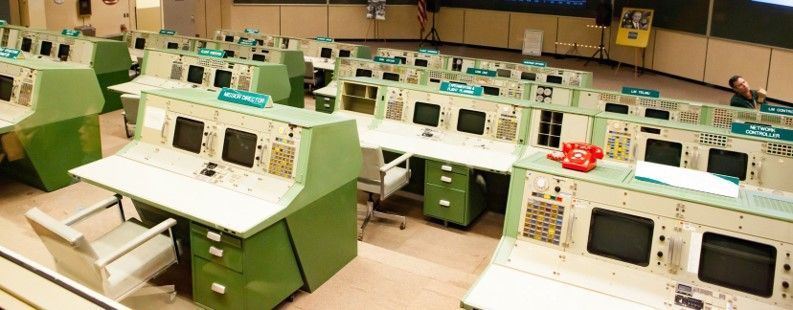WOMEN IN TECH: MARGARET HAMILTON
Picture this: You're witnessing the culmination of years of hard work as the first humans are about to land on the moon's surface. Suddenly, the moment is shattered by blaring alarms. This exact scenario unfolded during Apollo 11's momentous moon landing. Luckily, Margaret Hamilton and her accomplished team of NASA engineers had meticulously readied themselves for any imaginable situation.
Margaret Hamilton is best known for her work on the Apollo moon missions. In the 1960s, she was the lead software engineer for the Apollo Guidance Computer, which was the specialized computer that was responsible for guiding the Apollo spacecraft to the moon. Her job was to make sure the system was reliable, efficient, and could handle the complex calculations needed for space travel.
During the Apollo 11 mission, Margaret Hamilton's team faced a critical situation where the computer system on the lunar module experienced an overload during the landing. This overload was caused by an unexpected increase in processing demands as the computer tried to do numerous tasks at the same time.

To understand how Margaret Hamilton and her team solved this problem, it's important to first know a bit about the Apollo Guidance Computer (AGC) that she helped develop. At the time, the AGC was a cutting-edge computer designed specifically to steer the Apollo spaceship as it traveled to the moon. It had limited memory and processing power compared to today's computers, but it needed to handle complex calculations for navigating and landing on the moon.
When the overload occurred during the Apollo 11 moon landing, the computer received multiple simultaneous requests, quickly overwhelming it. The computer had to decide how to handle these simultaneous tasks while also maintaining critical operations. It was a challenging situation because the overload could have potentially caused the entire computer to crash, putting the mission in jeopardy.
Fortunately, Margaret Hamilton's team had specifically designed and extensively tested the software to ensure it could handle such situations. They had simulated scenarios where the computer would be overloaded to understand how it would react and put in place measures to protect against crashes. Instead of crashing or freezing, the computer's software would identify which tasks were essential for the safe landing and prioritize them. Less critical tasks were temporarily put on hold or delayed until the main tasks were completed. This allowed the computer to allocate its limited resources efficiently and prevent a catastrophic failure.
Thanks to the careful planning, testing, and an innovative design by Margaret Hamilton and her team, the Apollo Guidance Computer successfully managed the overload issue. It continued to carry out the critical calculations needed for landing the spacecraft, ensuring the safety of the astronauts onboard and the successful completion of the historic Apollo 11 lunar landing.
Margaret Hamilton's work for the Apollo missions led to the development of safety- critical systems that are still used today. She designed new methods for error detection and recovery in computer systems, making them more reliable and resilient. Her work has had a lasting impact on the field of computer science and our understanding of how to build dependable software.
Margaret Hamilton's story is an inspiration to everyone, especially young women interested in computer science!
Uncomplicate IT News Blog





